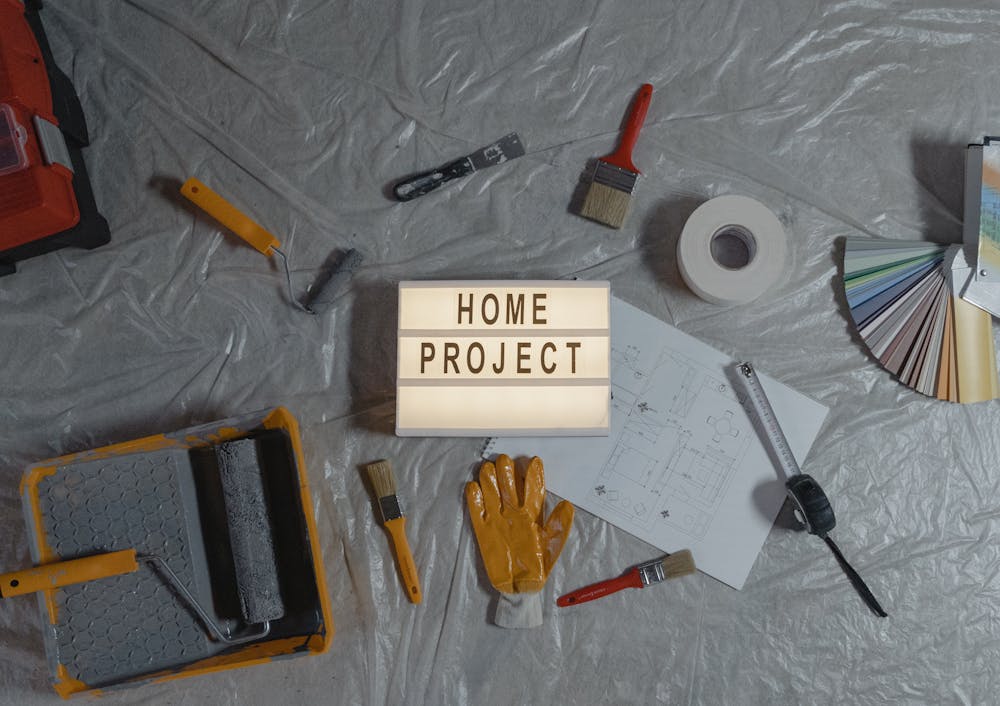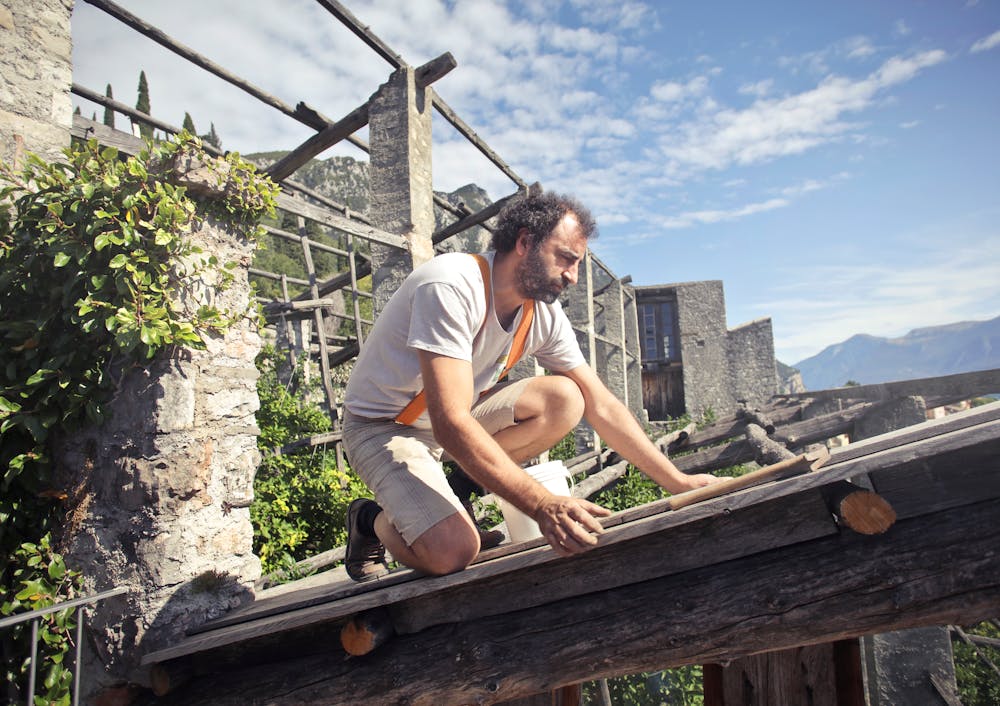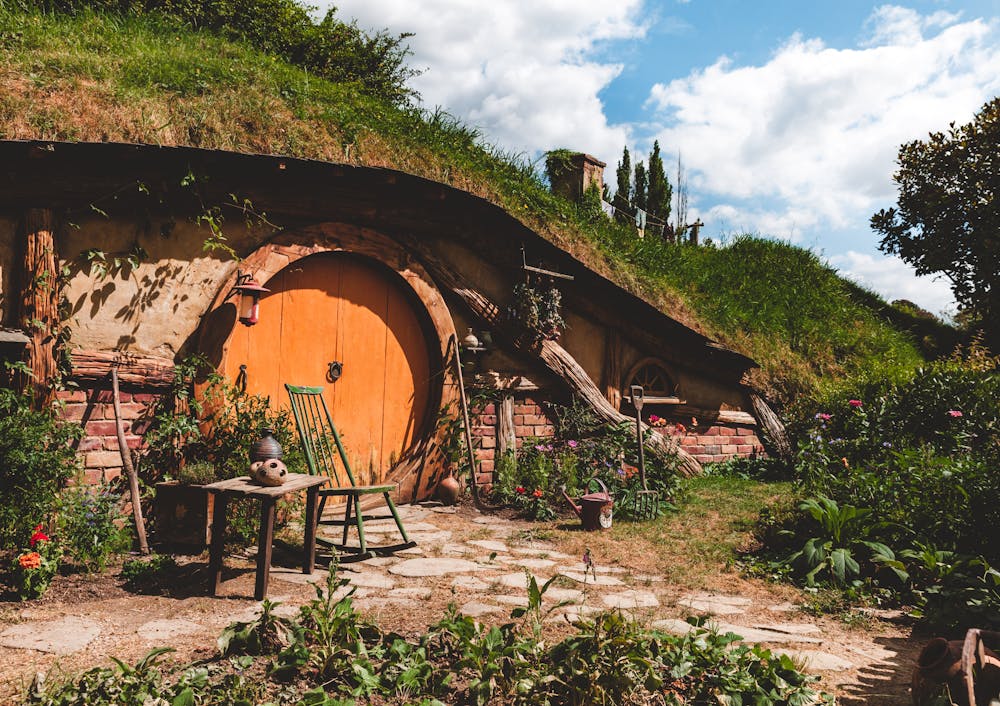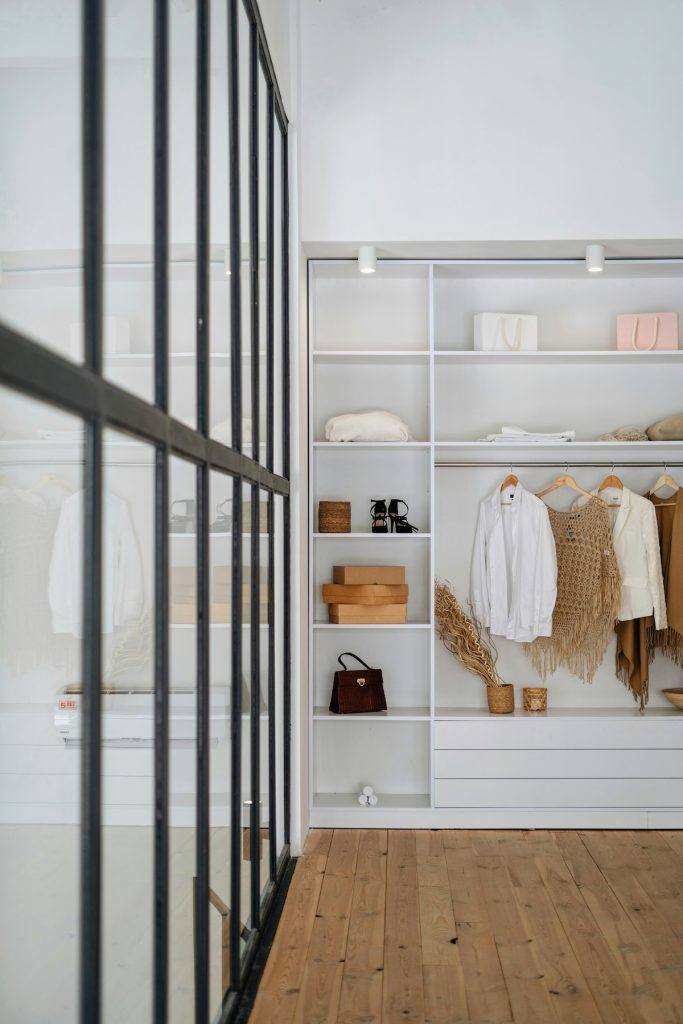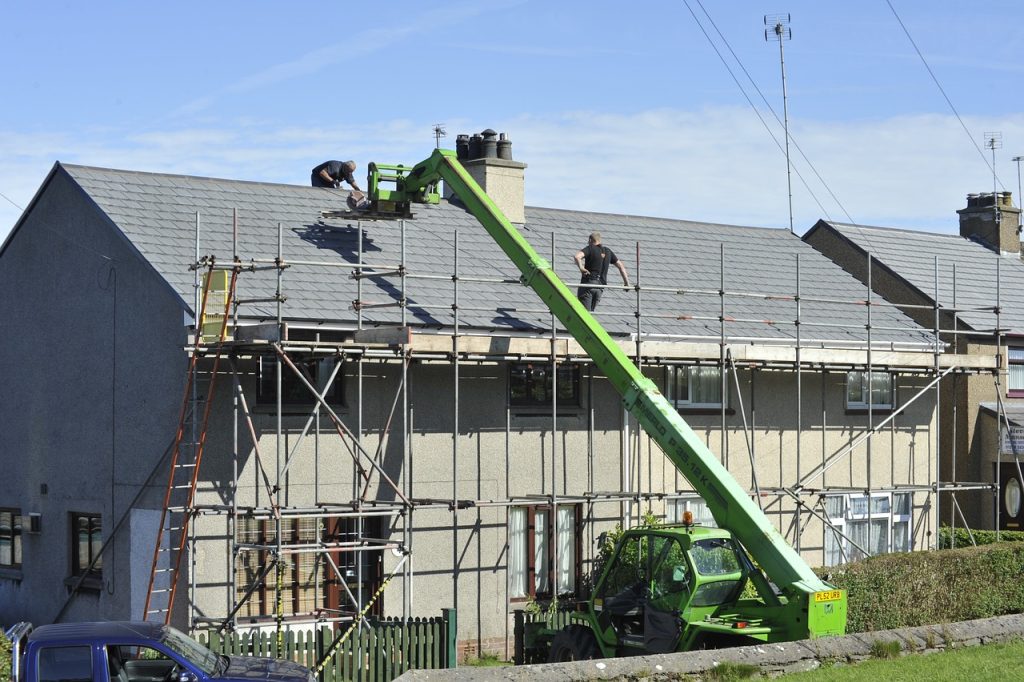12 Home Improvements for a More Energy-Efficient Lifestyle
Energy efficiency is becoming a crucial aspect of home ownership, especially in areas experiencing diverse weather conditions throughout the year. In Pittsburgh, where residents face the dual challenge of brisk winters and warm summers, enhancing a home’s energy efficiency is not only environmentally prudent but also economically wise. By making targeted improvements, homeowners can enjoy […]
12 Home Improvements for a More Energy-Efficient Lifestyle Read More »

